As you have probably discovered by now (or are about to, considering the topic of this website), scenarios are an amazing way to practice first aid skills. And even though they can and should be challenging and useful, they can (and at least sometimes should) also be a lot of fun. What makes them even more challenging (and sometimes way more fun) is not having to pretend to find some bruises while doing a body check, or to be told where that large amount of blood you have been hearing about in your briefing comes from, but to be able to actually find out yourself, and more importantly, deal with it. And the good news: this sort of casualty simulation, or cas sim, is not even that hard to do! Granted, you might not be able to perfectly reconstruct that horrible blockbuster movie scene, but you can definitely make your scenarios look realistic!
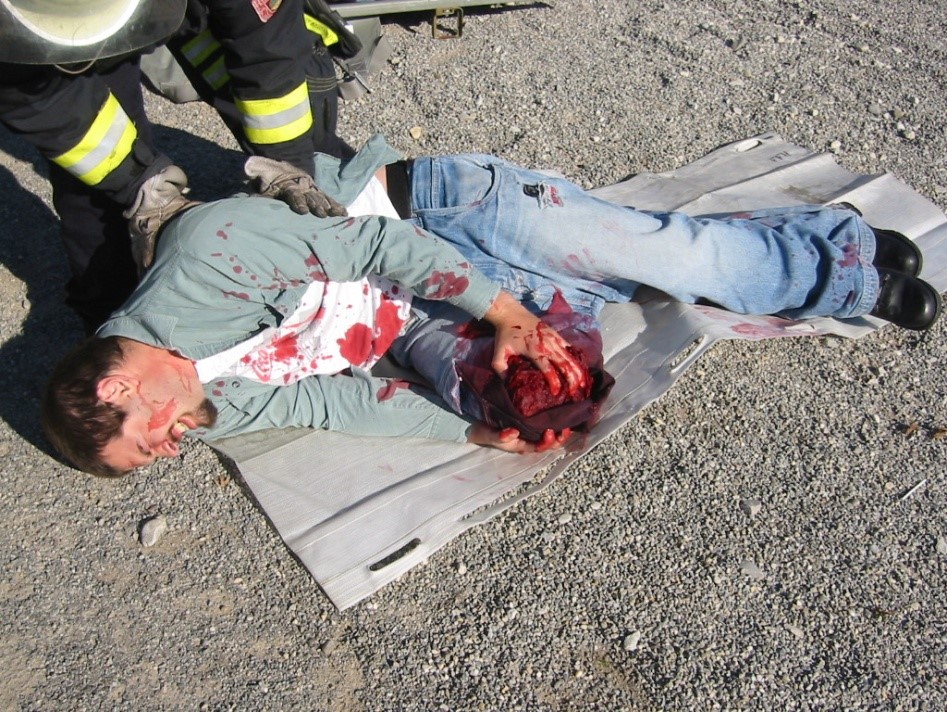
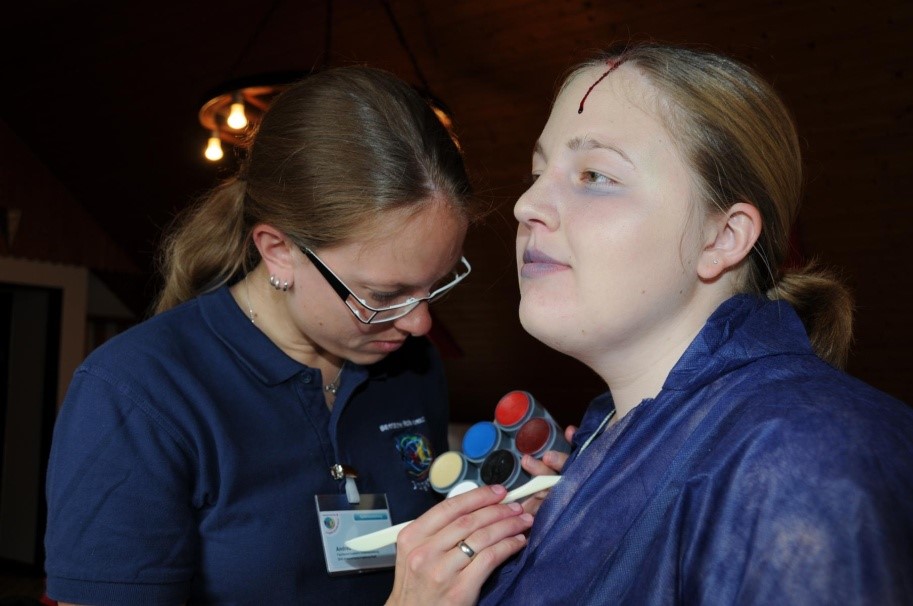
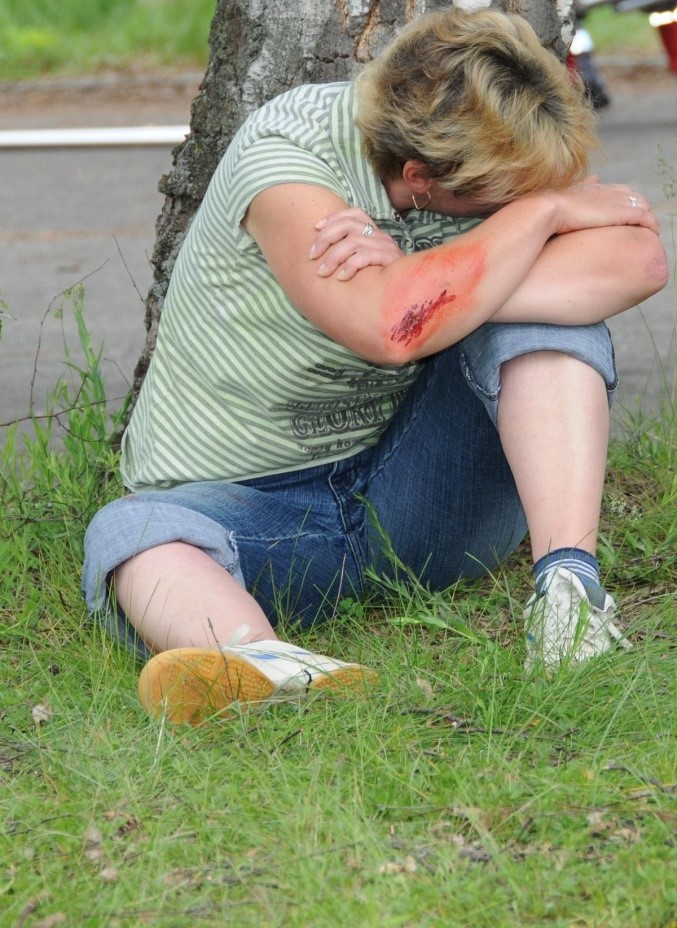
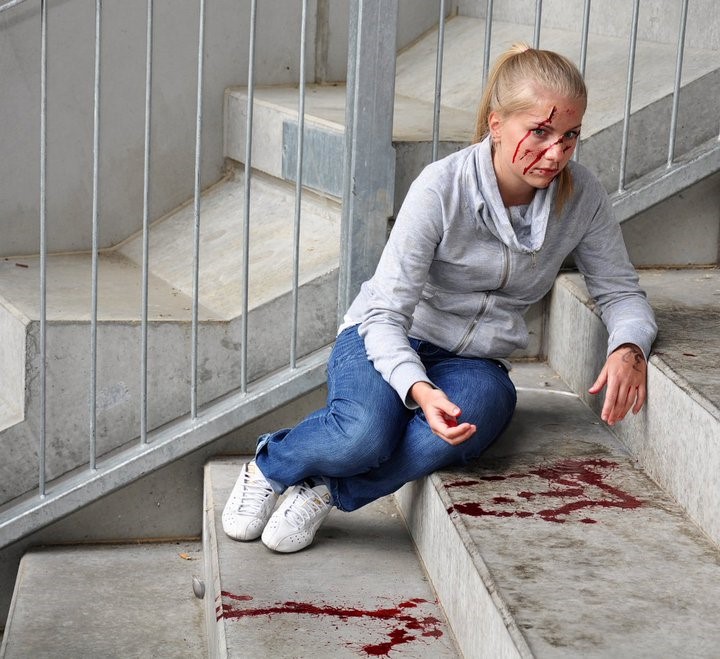
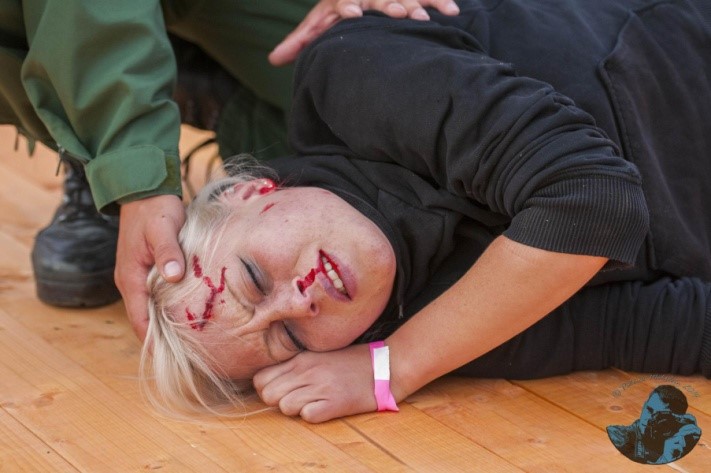
Have you tried this idea out? Let us know how it went or give us your top tips to make it work well! If you are logged in, your usename will be assigned to the comment.